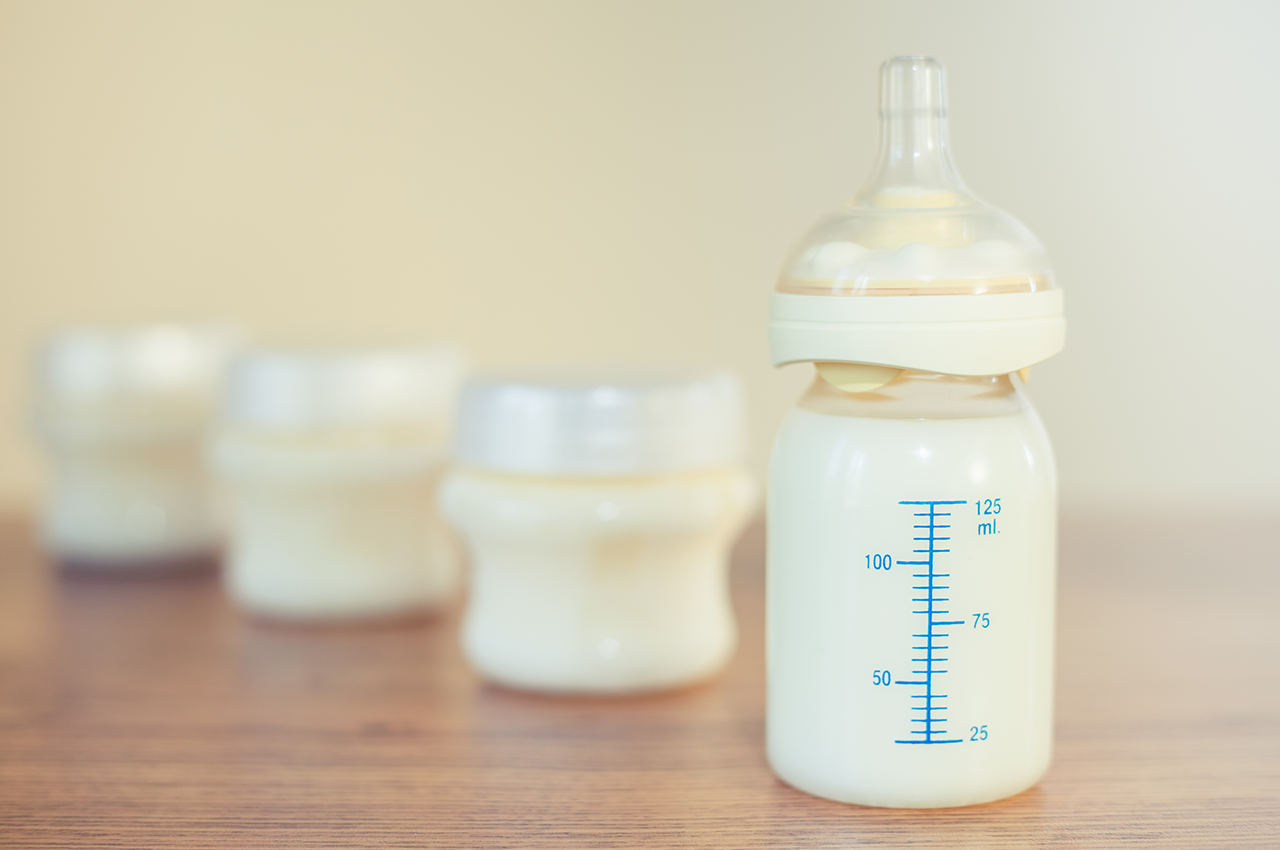Breastfeeding is a special time shared by you and your little one. That’s why having mixed emotions about stopping or cutting down on nursing your baby is completely natural. But it doesn’t signal the end of the intimate bond; it just means you’re nourishing and nurturing him in different ways.
When should I wean my baby?
The World Health Organisation (WHO) recommends that babies be exclusively breastfed for the first 6 months, thereafter you should slowly introduce them to solids.
How do I know my baby is ready?
Your baby:
- sits up without support and has good control of his neck muscles
- opens his mouth when he sees food coming his way
- chews his fist
- wants an extra milk feed
- tries to grab pieces of finger foods and bring them to his mouth.
Before starting
Make the transition easier by taking it slowly. Weaning is easier if it’s gradual. These tips can help:
Try one food at a time
This helps your baby get used to new flavours and textures and makes it easier to spot if he has a reaction to any specific food. Baby cereal made from oats are easily digested unlikely to cause an allergic reaction.
Fruit and vegetables
Avoid focusing on fruits – doing so can encourage their taste for sweet foods and make it more difficult to introduce vegetables and other savoury foods. Pureed fresh fruit like apple, pear or banana and pureed vegetables like carrot, potato, butternut and sweet potato are good choices. If you decide to buy ready-made baby foods, always check the ingredient list carefully. Some of these are laden with ‘free sugars’ which can cause tooth decay. Make fruit purees a small part of your baby’s diet – fresh is best.
Make it a family affair
Try to eat together as much as possible, as your baby will learn from the rest of the family. Build up slowly by getting him into a routine of offering him solid food at the same time each day. The aim is to transition your baby from solely drinking milk to eating your usual family foods, so try offering smaller mashed-up portions of the food that the rest of the family is eating. However, always make sure you haven’t added any salt or sugar, or any other foods that are not suitable for babies.
Start small
Offer one or two teaspoons to get him used to tasting and swallowing more solid textures. It’s all about exploring and learning at this stage – don’t worry about getting him to eat specific amounts. It’s going to be madly messy, but wonderfully comical too. If your baby doesn’t seem interested, leave it and try again another day.
Avoid choking
Never leave your baby unattended when he’s eating, in case he struggles to swallow. Avoid giving rounded foods, like grapes and hard, crunchy and very chewy foods.
Liquids
After breast milk or formula, cooled boiled water is best. Avoid juices as it can lead to dental caries, obesity or even poor weight gain and a runny tummy.
Care for your breasts
Your breasts may become uncomfortable while weaning. Try expressing just enough milk, apply a cold compress or gel pack or consult your pharmacist for and an over-the-counter pain reliever.
If you have gone back to work, consider nursing before work and immediately once you’re home, or express your milk in a bottle from which your caregiver can feed your baby. This will prevent blocked ducts, mastitis (infection that causes breast pain and swelling on your breasts as well as fever and chills). Immediately consult your doctor if you have these symptoms. They will most likely prescribe an antibiotic to clear up the infection. Remember that you can continue breastfeeding if you have mastitis.

